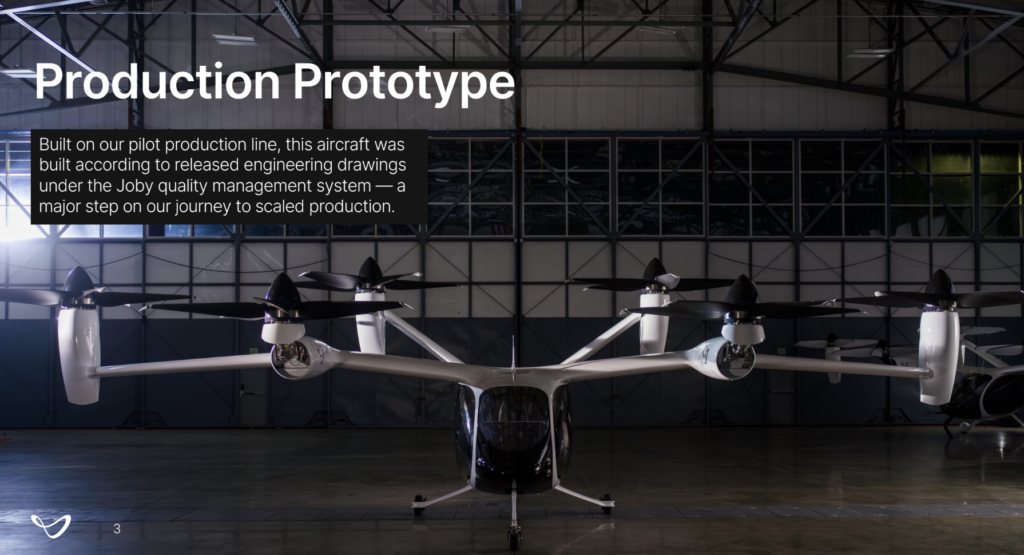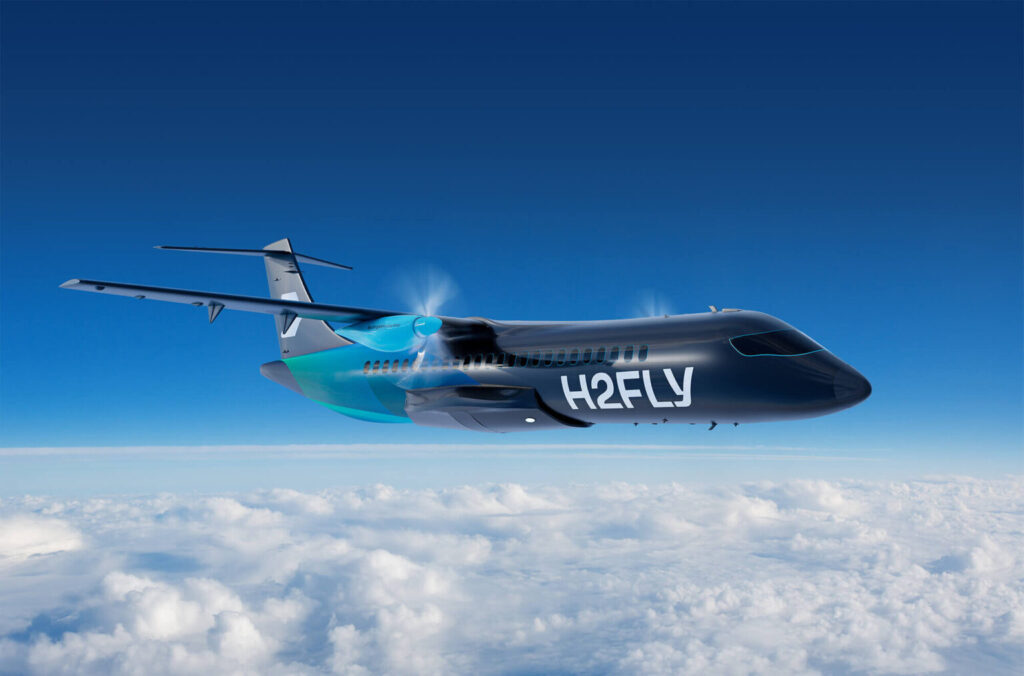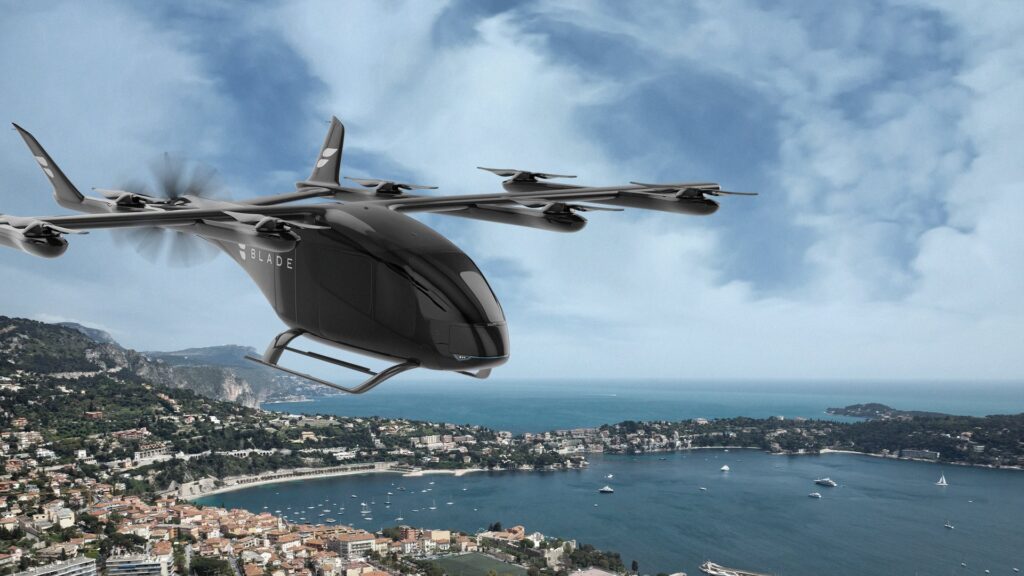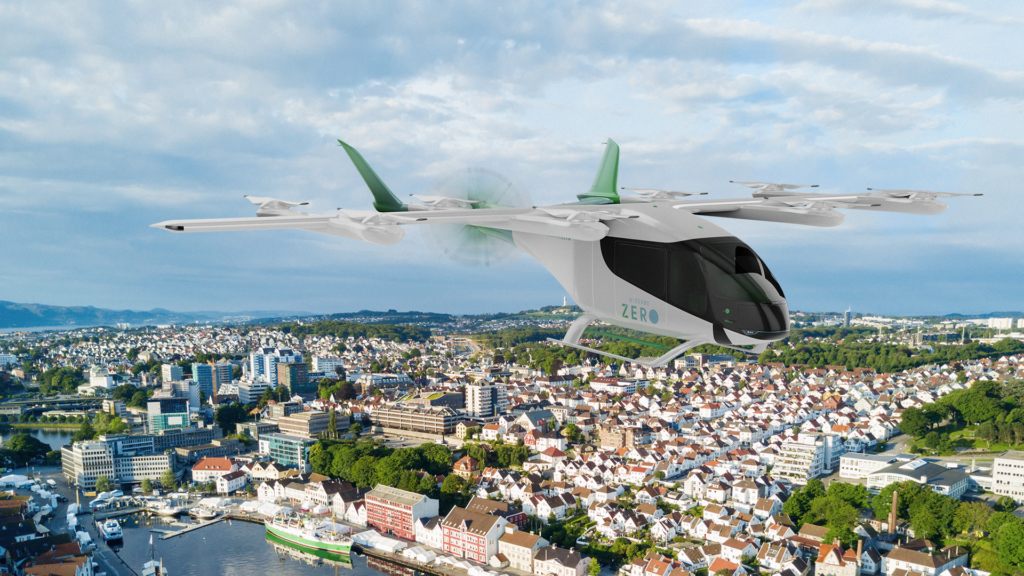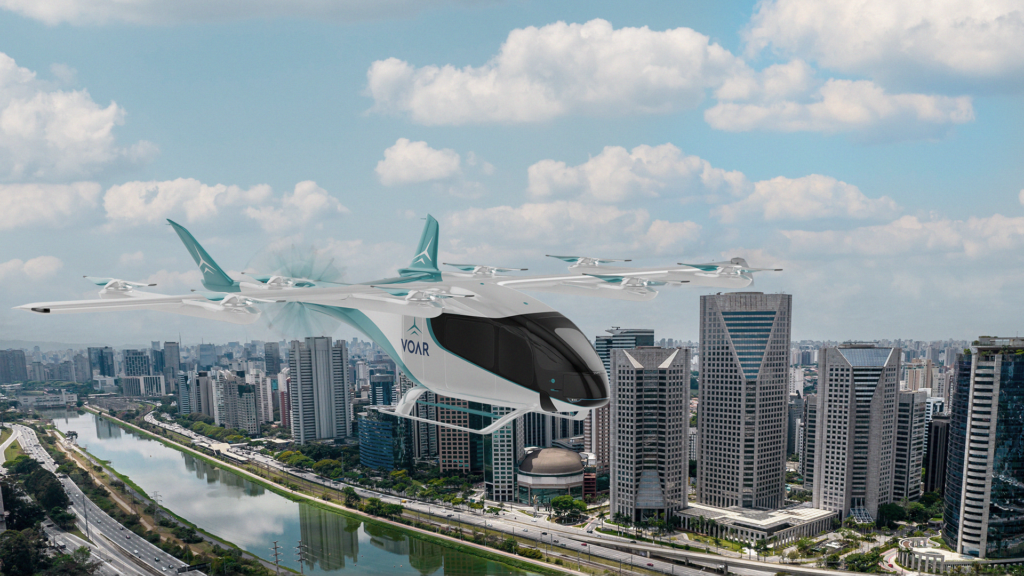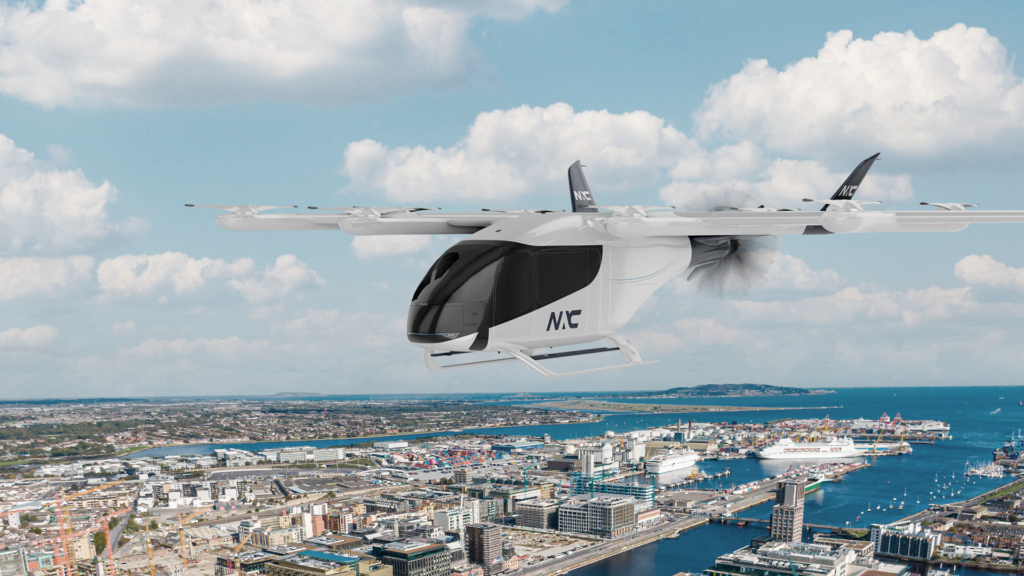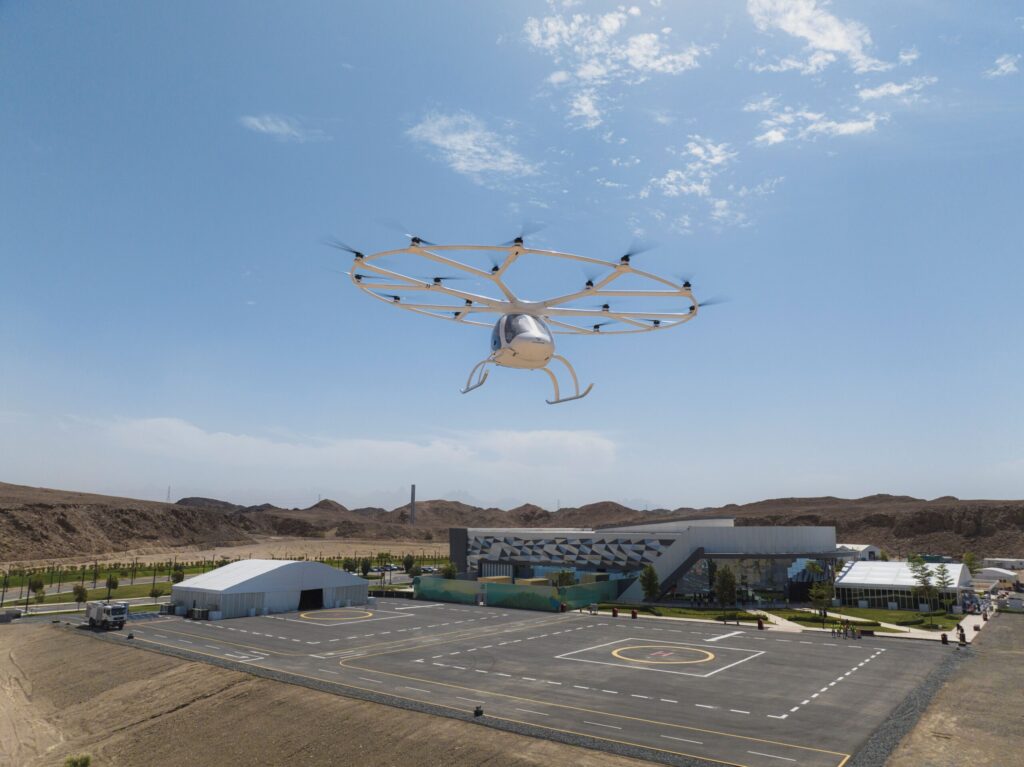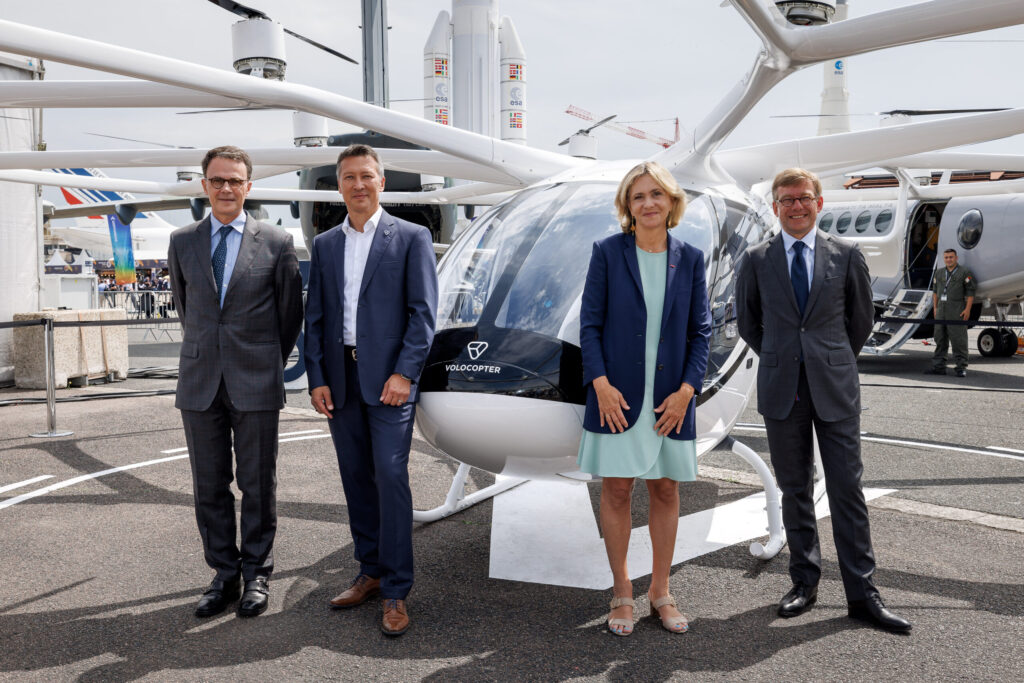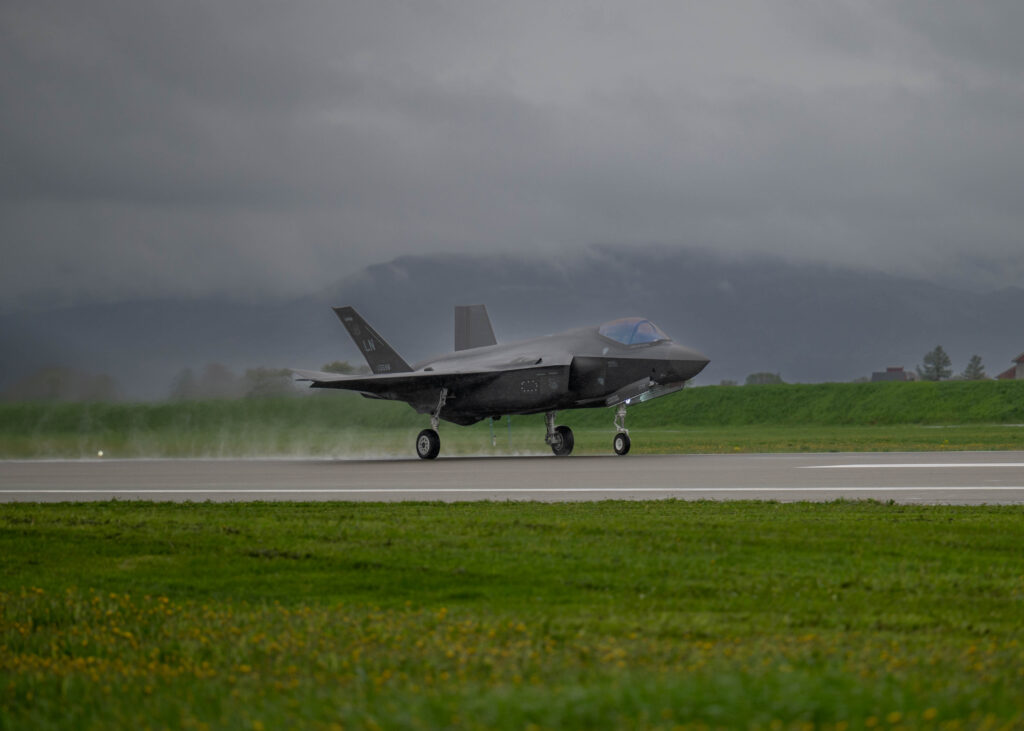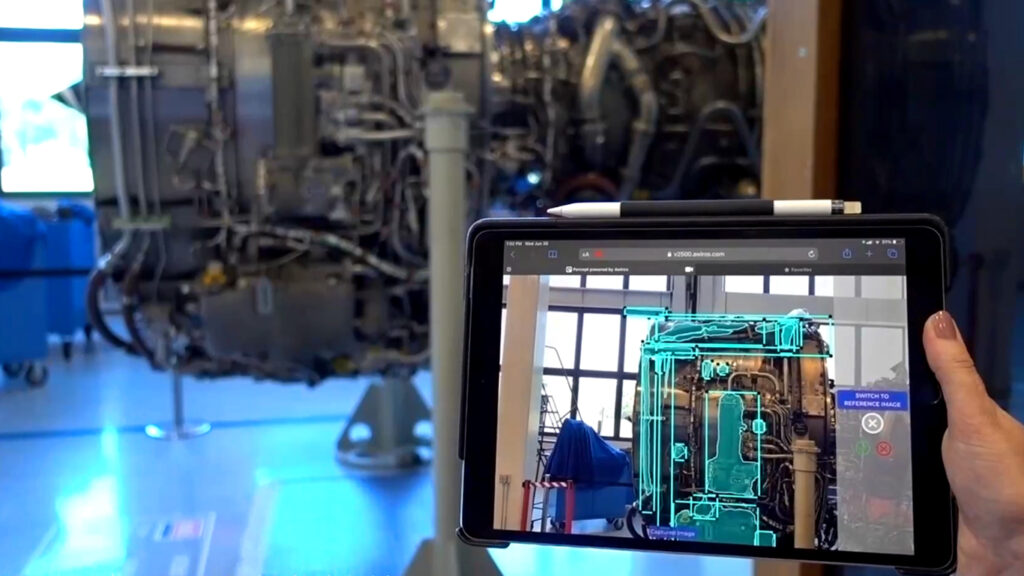NASA’s X-57 Project Completes Important Research for Electric Flight
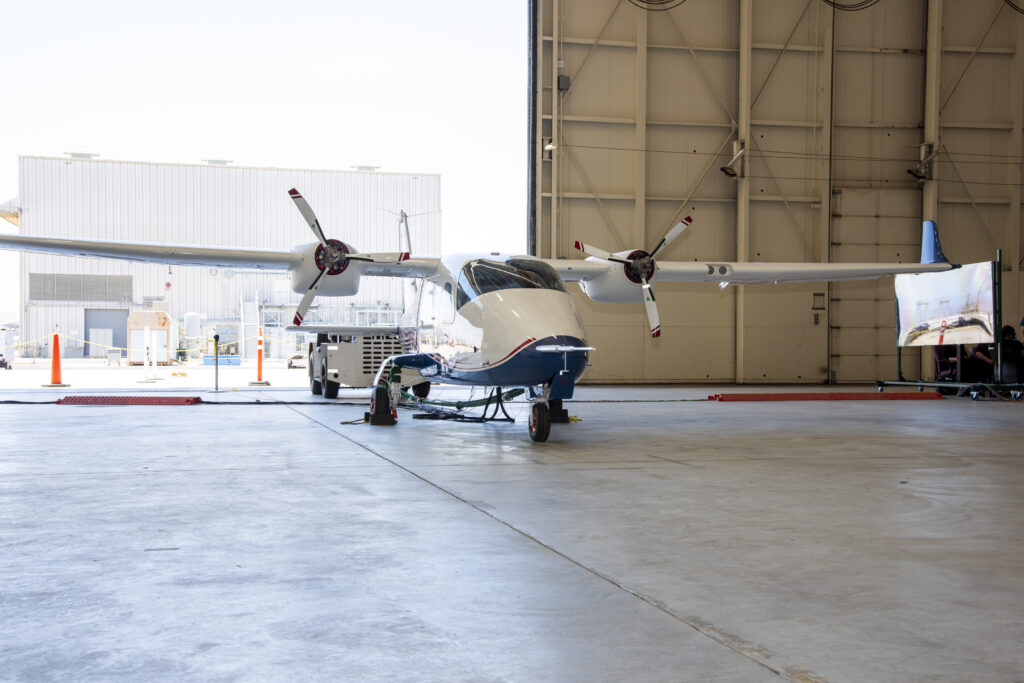

NASA will conclude operational activities associated with the X-57 Maxwell all-electric aircraft project by Sept. 30. (Photo: NASA / Carla Thomas)
NASA’s X-57 Maxwell experimental all-electric aircraft will conclude aircraft operation in September of this year. Though the X-57 never took flight due to unforeseen complications involving the propulsion system, the program has conducted research that could help other aircraft developers adopt and understand better methods for the design and production of electric aircraft.
The baseline airframe used to develop the X-57 was an Italian-built Tecnam P2006T. The light, twin-engine aircraft seats four people and can travel at a cruising speed of 145 knots. It has a maximum range of 650 nautical miles and a useful payload of 906 pounds. NASA made many modifications to this airframe, testing electric and more sustainable technologies that could be applied to the design of new aircraft and the retrofitting of existing types.
While the majority of development of the X-57 will be completed by September 2023, the program’s team will officially complete its work several months after that. The steps following development will focus on compiling the knowledge gained from the program to share with other developers in the interest of furthering the widespread adoption of electric aircraft. The resultant technical publications will highlight technology gaps NASA encountered and how they were overcome, knowledge that will support the development of similar technologies from other organizations, NASA said.
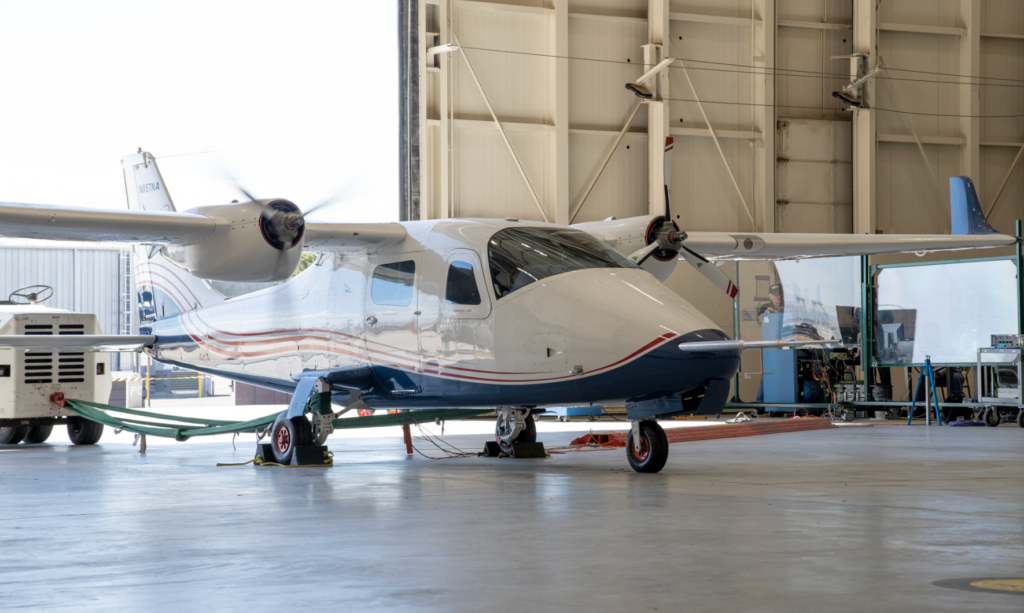
The all-electric X-57 (Photo: NASA / Lauren Hughes)
“NASA’s goal is to drive innovation through groundbreaking research and technology development,” said Brad Flick, director of NASA’s Armstrong Flight Research Center. “The X-57 project team has done just that by providing foundational information to industry through lessons learned, and we’re seeing the benefits borne out by American commercial aviation companies that are aiming to change the way we fly.”
Though valuable information and knowledge were gained through the X-57 program, the aircraft never actually took flight. Its first flight was originally planned for 2020. Several unforeseen circumstances made it impossible to get the plane airworthy within the program’s timeline. Late into the aircraft’s life cycle, mechanical issues were discovered. This, combined with a lack of components that were critical to developing experimental hardware, meant that X-57 would not be able to fly as a part of the program.
But NASA’s main focus through the X-57 program was design technology rather than flight testing. Mainly, NASA sought to learn more about the electric-propulsion-focused design as well as the airworthiness certification process regulatory bodies like the Federal Aviation Administration would throw at them. Flick said that despite never leaving the ground, X-57 has blazed trails for future electric aircraft development.
“They did things that had never been done before, and that’s never easy. While we prepare to finish this project later this year, I see a long list of achievements to celebrate and an industry that’s better today because of their work,” Flick explained.
Among the program’s major successes was fixing a flaw inherent to the lithium-ion batteries that likely will power the first generation of electric aircraft. The batteries warm up while discharging energy, which if left unchecked could result in overheating. NASA used a collaboration with Utah-based Electric Power Systems to find a new battery design that would not overheat and remain within acceptable temperature limits while powering an aircraft.
In addition to developing a new battery design, the X-57 program also led to the creation of cruise motor controllers, which convert energy from the aircraft’s lithium-ion batteries to power electric motors that then drive the propellers. These converters use carbon transistors, allowing them to deliver 98% efficiency. This means they are significantly less susceptible to overheating because they can be cooled by air flowing through the motor. These cruise-control motors have also successfully gone through thermal testing.
Despite the program’s many successes, there were some unplanned obstacles the program team had to overcome when testing electric-propulsion technology on the X-57. For example, it was discovered that electromagnetic interference affected various onboard systems during the integration phase. The team successfully addressed this problem after thorough research by developing filters to eliminate the interference. This, along with the rest of the program’s insights, was added to the technical papers that will be shared with the rest of the industry.
Though met with several roadblocks and unforeseen challenges, the X-57 Maxwell program has performed critical research to help support the development of electric aircraft. NASA and other industry developers and stakeholders should be able to use this research to design aircraft and technologies that make air transport greener and more sustainable.
—————
Boost Internet Speed–
Free Business Hosting–
Free Email Account–
Dropcatch–
Free Secure Email–
Secure Email–
Cheap VOIP Calls–
Free Hosting–
Boost Inflight Wifi–
Premium Domains–
Free Domains







